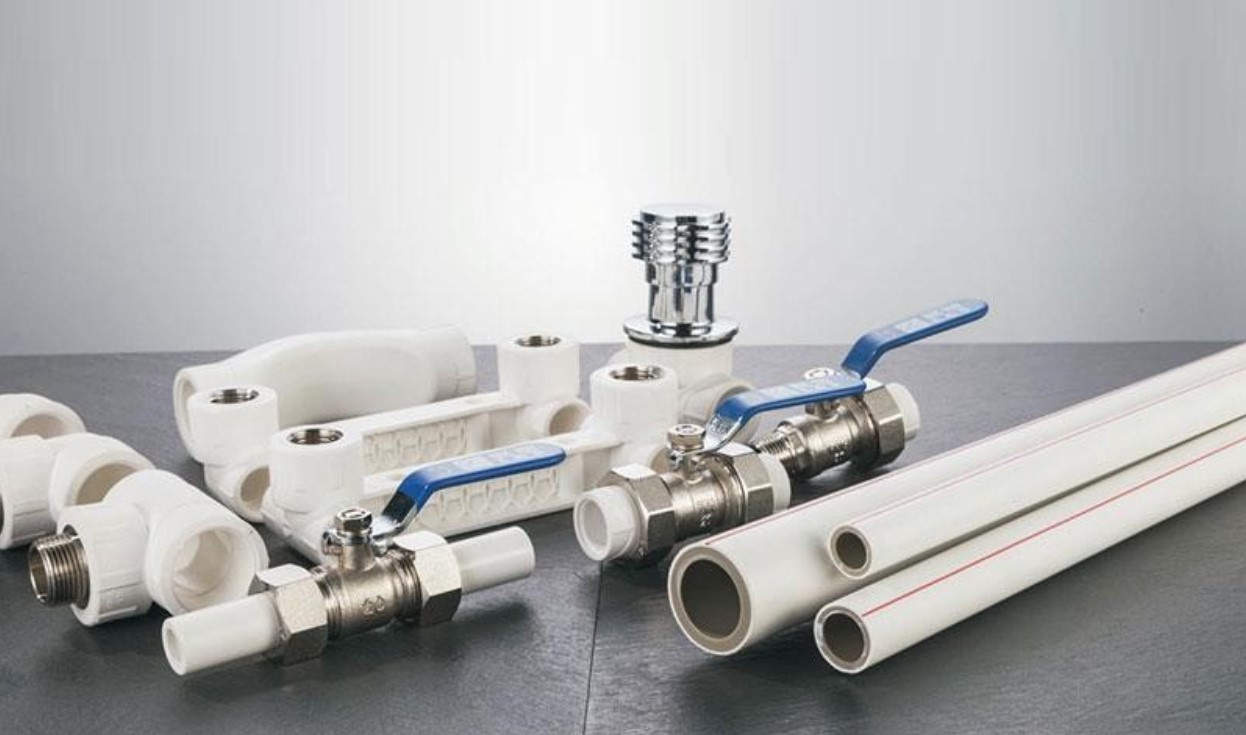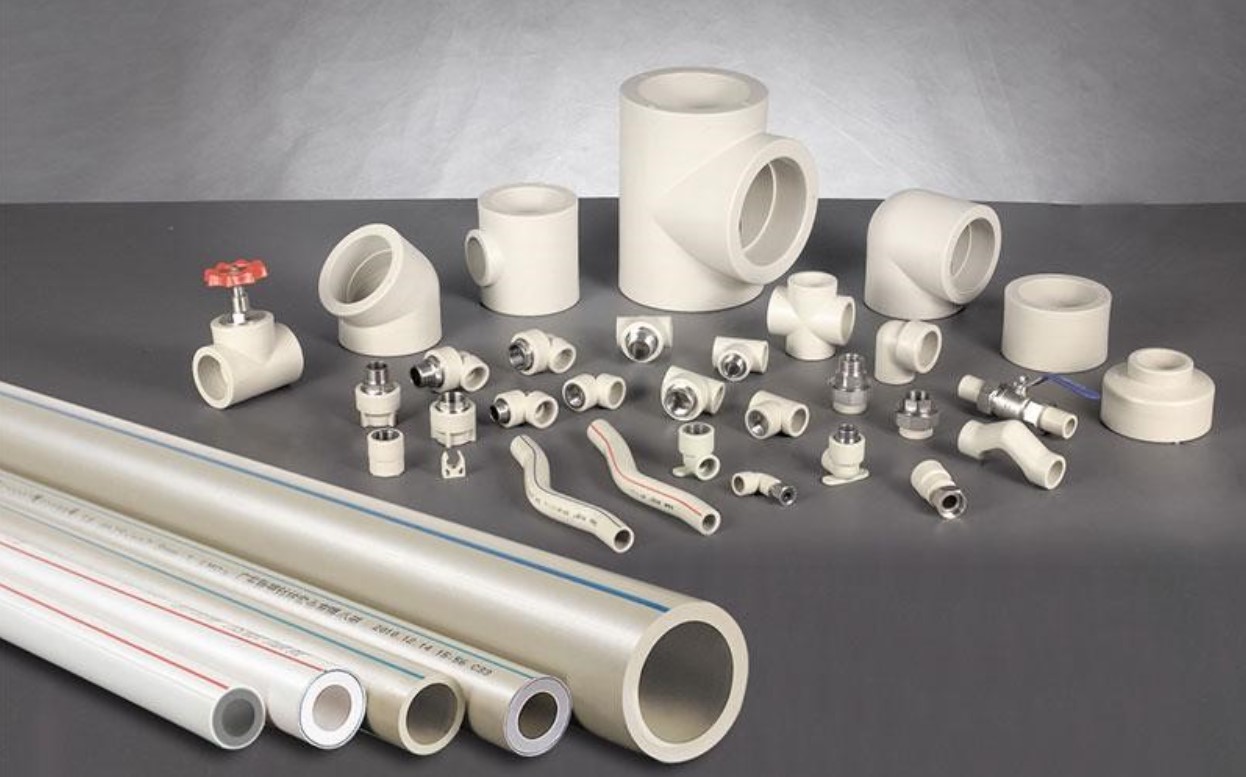PPR pipe price is higher than PVC pipe price because PPR pipe is more durable. This pipe is also non-toxic and more cost-effective.
When it comes to choosing a plastic pipe, you have several plastic pipe type choices, such as PVC and PPR pipe.
The latter has some characteristics that PVC pipe doesn’t have and offers more advantages to the users. However, the PPR pipe price is higher than that of PVC pipe.
Contents
PPR Meaning
What is PPR pipe? PPR pipe is a rigid and cylindrical pipe made of polypropylene random copolymer plastic. It is generally available in green or white color.
The PPR pipe was developed long after the PVC pipe was developed. Consequently, it is better and more advanced than the latter.
This pipe generally has a thicker wall than PVC pipe. It also has better resistance to cold temperatures, hot temperatures, and pressure.
Uses of PPR Pipe

PPR pipe is gaining more popularity in the Philippines due to its versatility. This pipe is suitable for various piping installations in residential, public, and industrial buildings. Below are the uses of PPR pipe.
- PPR pipe for hot and cold water piping systems.
- PPR pipe for industrial piping, such as transferring aggressive chemicals, industrial waste, liquid food products, gas, and water.
- PPR pipe for constructing purified water supply systems.
PPR Pipe Characteristics

The main characteristics of PPR pipe are as follows.
- Low thermal conductivity : It is resistant to heat and cold. The pipe cannot easily conduct the temperature from the outside of the pipe into the liquid inside the pipe. Therefore, PPR pipe can reduce heat gain or loss during the hot or cold liquid transfer.
- Long service life : PPR pipe is durable because it can endure hot and cold temperatures and pressure very well. Under proper care, it can last for more than 50 years.
- Smooth and safer inner surface : This pipe has an extra smooth inner surface. It can reduce the friction coefficient and pressure losses during liquid transport. In addition, this pipe does not scale or flake so it is safer to use.
- Mechanical and chemical endurance : PPR pipe is resistant to abrasion caused by hard particles. It is also inert to most chemicals and electrolytes in various temperatures.
PPR Pipe Price List
PPR Pipe sellers in the Philippines sell PPR pipe at various prices according to the PPR pipe sizes.
Each of them is typically 4-m long, but the diameter ranges between 0.5 inch and 4 inches. PPR pipe is available in different types, such as PN10 and PN20. PN10 is thinner than PN20.
This is the PPR price Philippines.
| Product | Size | PPR Pipe Price |
|---|---|---|
| PPR Pipe PN20 | 20mm | ₱ 395 |
| PPR Pipe PN20 | 25mm | ₱ 564 |
| PPR Pipe PN20 | 32mm | ₱ 940 |
| PPR Pipe PN20 | 40mm | ₱ 1,554 |
| PPR Pipe PN20 | 50mm | ₱ 2,244 |
| PPR Pipe PN25 | 20mm | ₱ 196 |
| PPR Pipe PN25 | 25mm | ₱ 485 |
| PPR Pipe PN25 | 32mm | ₱ 4,804 |
| PPR Pipe PN10 | 20mm | ₱ 210 |
| PPR Pipe PN10 | 25mm | ₱ 300 |
| PPR Pipe PN10 | 32mm | ₱ 480 |
| PPR Pipe PN10 | 40mm | ₱ 720 |
| PPR Pipe PN10 | 50mm | ₱ 1,100 |
| Elbow 90o | 20mm | ₱ 12 |
| Elbow 90o | 25mm | ₱ 18 |
| Elbow 90o | 32mm | ₱ 22 |
| PPR Fitting Tee | 32mm | ₱ 43 |
| PPR Fitting Coupling | 32mm | ₱ 22 |
| PPR Fitting Female Elbow | 32mm | ₱ 202 |
| PPR Fitting Male Elbow | 32mm | ₱ 165 |
Advantages of PPR Pipe
Using PPR pipe on various piping installations will give the users some advantages.
- PPR pipe is non-toxic : This plastic pipe will not cause any contamination in the liquid that flows inside the pipe. Therefore, it is suitable for purified water and liquid food product piping systems.
- PPR pipe offers cost-efficiency : This pipe can last for decades so its users don’t need to spend money to replace it shortly soon. Moreover, the pipe’s resistance to heat and cold allows its users to install it without insulation in a hot or cold water piping system.
- This pipe is lightweight : Therefore, it is easy to install and transport.
PPR pipe price is not as affordable as PVC pipe. However, PPR pipe can do many things that PVC or galvanized pipe can’t do.
Therefore, its price does not hinder many people in the Philippines from using it. They install the PPR pipe on various piping systems in residential and industrial buildings.